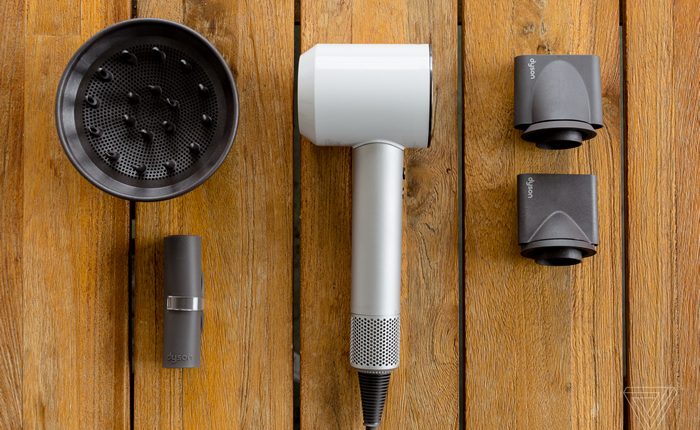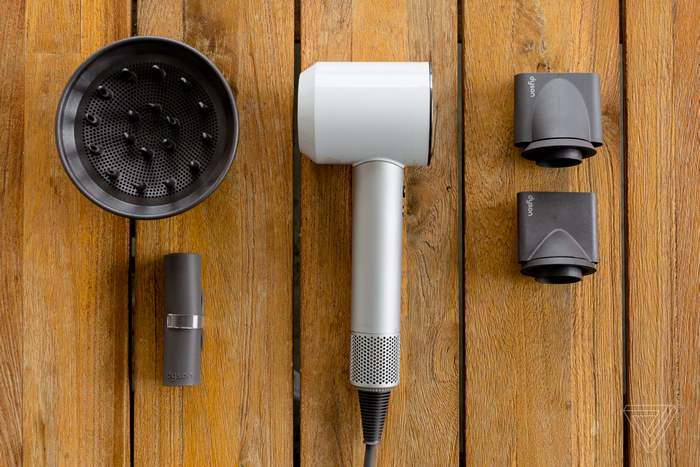Supersonic and super quiet: the new Dyson hairdryer
No matter what sort of hair you have, you always want the opposite, people with thick hair want thin and vice-versa. It may be hard to understand the amount of time it takes people with long hair, or people who feel a whole lot better with a little bit of makeup on, to get ready to head out the door if you fall into neither category, but it takes time away from other things you’d rather be doing.
So when Dyson announced this year that it had reinvented the hair dryer, building one with a powerful 13-blade motor, high-velocity airstream, and temperature control, girls everywhere were intrigued.
Tech, of course new tech would fix the problem. However with the Dyson hairdryer set price to be at $435, the problem isn’t to be a cheap fix. Dyson is officially calling it the Dyson Supersonic hair dryer, as it has taken four years to apparently develop. The creation involved over 600 prototypes, and cost $71m. But do not worry because it has been tested on over 1,000 miles of hair.
The engineers at Dyson applied its Air Multiplier technology to the hairdryer, because just like with traditional fans and hand dryers the design of the standard hair dryer hasn’t really changed much since its inception.
They are noisy handheld devices that create a lot of heat and airflow to get hair dry or styled. However, Dyson has rethought how they work, used Air Multiplier, and created a supersonic, quiet alternative.
The open nature of this new dryer is typical of the fanless design Dyson has made its own. The low noise is achieved by using a rubber isolation mount, which stops the electric motor from vibrating against the casing. At the same time, the 13 impeller blades inside spin up to 110,000rpm, giving ample air movement combined with an intelligent heat monitor.
A glass bead thermistor and microprocessor work together to check the heat of the air 20 times a second and adjusts accordingly to maintain the desired temperature. The end result being this dryer won’t damage hair while allowing heat settings including 28, 60, 80, or 100°C.
More information: Geek.



Comments are closed, but trackbacks and pingbacks are open.